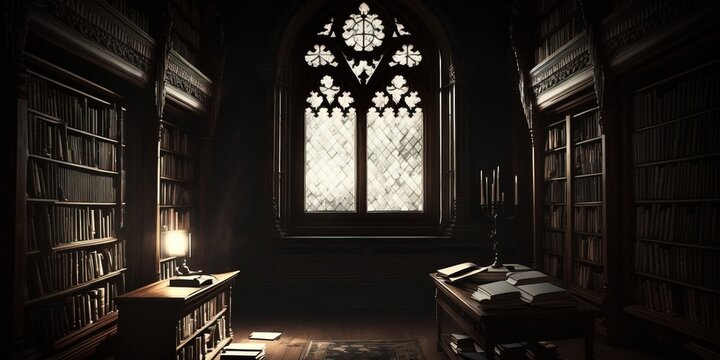
FAQ About Gothic Literature
Gothic Literature
2 years ago | gizem
What are some notable Gothic short stories?
Gothic short stories have a rich tradition, known for their concise yet atmospheric narratives that often explore themes of mystery, horror, and the uncanny. Here are some notable Gothic short stories that have left a lasting impact on literature:
- "The Tell-Tale Heart" by Edgar Allan Poe: This classic short story explores the mind of an unreliable narrator who becomes obsessed with the "vulture eye" of an old man and ultimately commits murder.
- "The Fall of the House of Usher" by Edgar Allan Poe: Poe's tale of a decaying mansion and its tormented inhabitants is a masterpiece of Gothic horror, featuring themes of madness and family curses.
- "The Yellow Wallpaper" by Charlotte Perkins Gilman: A feminist Gothic story, this narrative follows a woman's descent into madness as she is confined to a room by her husband. The wallpaper becomes a symbol of her mental deterioration.
- "Carmilla" by Sheridan Le Fanu: This early vampire story features a female vampire, Carmilla, who preys on a young girl. It explores themes of sexuality and the supernatural.
- "The Masque of the Red Death" by Edgar Allan Poe: Poe's allegorical tale is set during a masquerade ball in a sealed abbey, where guests try to evade the Red Death, a deadly plague. It explores the inevitability of mortality.
- "The Monkey's Paw" by W.W. Jacobs: This short story tells of a cursed monkey's paw that grants its owner three wishes, with tragic consequences. It explores themes of greed and the unintended consequences of desires.
- "The Lottery" by Shirley Jackson: While not a traditional Gothic story, it has Gothic elements in its atmosphere of dread and ritualistic violence. It serves as a critique of blind conformity and social customs.
- "Rappaccini's Daughter" by Nathaniel Hawthorne: This tale explores themes of forbidden love and the consequences of meddling with nature. It follows the tragic fate of a woman whose touch is deadly.
- "The Legend of Sleepy Hollow" by Washington Irving: This story introduces the iconic character of the Headless Horseman and is set in the eerie, dreamlike atmosphere of Sleepy Hollow. It combines elements of horror and humor.
- "The Lottery in Babylon" by Jorge Luis Borges: Borges' story blends elements of the Gothic with philosophical and metaphysical themes. It tells of a mysterious lottery that determines the fate of Babylonian citizens.
- "The Minister's Black Veil" by Nathaniel Hawthorne: Hawthorne's story revolves around a minister who dons a black veil and the mystery surrounding his choice. It explores themes of sin and hidden guilt.
- "The Nose" by Nikolai Gogol: This absurdist and satirical Gothic story tells of a man who loses his nose, which takes on a life of its own. It explores themes of identity and absurdity.
